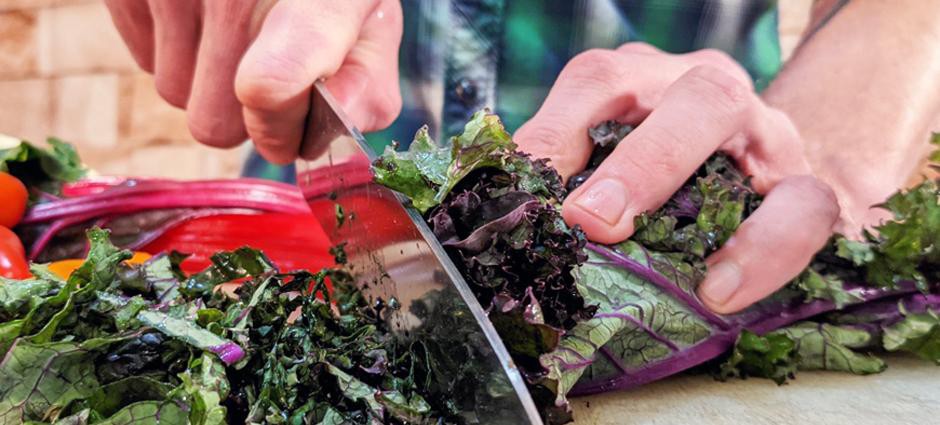Using all parts of produce helps avoid food waste

 CONCORD, CA — In the United States, people throw away almost 40 percent of edible food products every day.
CONCORD, CA — In the United States, people throw away almost 40 percent of edible food products every day.
Wasted food is the single largest category of material placed in municipal landfills and represents food that could have helped feed families in need. Americans throw out almost $165 billion in food each year.
Each of us can help avoid such waste by trying to use every bit of our fruits and vegetables, from root to stem. According to the Environmental Protection Agency, “practicing food sustainability and reducing waste can help businesses and consumers save money, provide a bridge in our communities for those who do not have enough to eat and conserve resources for future generations.”
It’s not just using every part of the produce we buy; it’s also properly storing it once you get it home. When you throw away produce that’s “gone bad,” you are tossing your hard-earned money down the drain.
Food storage tips
Here are some tips for buying and storing fresh fruits and vegetables:
- Don’t buy more than you think you’ll use. If you do, make jam or pickles, freeze them or add them to a casserole.
- Buy produce a couple of times a week because fresh tastes better.
- Organize your refrigerator so you eat the most perishable produce first.
- Store fruit and vegetables in separate bins. Certain fruits give off high levels of ethylene that can prematurely ripen and spoil surrounding vegetables.
From a culinary perspective, many produce parts add flavor and texture to a dish and can be delicious on their own.
Here are some ideas for bits and pieces of produce:
Don’t throw out the greens. Sauté tops and leaves of beets, turnips and carrots. Cook stems and leaves of broccoli, kale, chard, fennel fronds and fresh herbs.
Make a delicious vegetable broth using leftover vegetables.
Give plain water a boost with citrus rinds and strawberries (even the stems).
Citrus rinds can also be zested, candied or preserved.
Chop up celery leaves for added texture and fiber.
Add eggshells to your garden’s soil. Plants love the calcium carbonate.
Rescue wilting fresh herbs by adding vinegar or oil and using them in sauces, marinades and dressings. Or chop and freeze them in ice cube trays to use later.
Use overripe tomatoes for marinara, gazpacho or salsa.
Vegetable odds and ends can make wonderful soups.
Eat the skins with your potatoes. They’re full of fiber and flavor.
Once you’ve used everything you can, compost what’s left.
The best tip is to purchase produce from the farmers market, where it’s fresh-picked from the farm. You’ll save money in the long run and help the farmers.
For more information, visit epa.gov/recycle/reducing-wasted-food-home or pcfma.org/eat.
The Concord Farmers Market is open 9 a.m.-2 p.m. Tuesdays year-round at Todos Santos Plaza. Parking available in nearby structures and on the street. For more information, visit pcfma.com.
